30 Years of the Bulgarian Church of God in Chicago

July 10, 2015 marks the 20th anniversary of the first service of the Bulgarian Church of God in Chicago in 1995.
We have told the Story of the first Bulgarian Church of God in the Untied States (read it here) on numerous occasions and it was a substantial part of our 2005 dissertation (published in 2012, see it here).
From my personal memories, the exact beginning was after Brave Heart opened in the summer of 1995 and the Narragansett Church of God closed the street for a 4th of July block party with BBQ, Chicago PD horsemen, a moonwalk and much more.
The first service in the Bulgarian vernacular was held Sunday afternoon, July 10th 1995 being the true anniversary of the Bulgarian Church in Chicago. Only about a dozen were present and the sermon I preached was from Hebrews 13:5. Unfortunately, to this day 20 years later, we cannot locate the pictures taken that day to identify those present. And some have already passed away.
Using a ministry model that later became a paradigm for starting Bulgarian churches in North America (see it in detail) the church grew to over 65 members in just a few weeks by the end of July. This was around the time the movie Judge Dread had opened and the first edition of Windows 95 was scheduled for release in Chicago. I saw them both at the mall on upper Harlem Boulevard.
The Bulgarian Church of God in Chicago followed a rich century-long tradition, which began with the establishing of Bulgarian churches and missions in 1907. (read the history) Consecutively, our 1995 Church Starting Paradigm was successfully used in various studies and models in 2003. The program was continuously improved in the following decade, proposing an effective model for leading and managing growing Bulgarian churches.
Based on the Gateway cities in North America and their relations to the Bulgarian communities across the continent, it proposed a prognosis toward establishing Bulgarian churches (see it here) and outlined the perimeters of their processes and dynamics in the near future (read in detail).
After a personal xlibris, the said prognosis were revisited in 2009 in relation to preliminary groundbreaking church work on the West Coast and then evaluated against the state of Bulgarian Churches in America at the 2014 Annual Conference in Minneapolis.
We’re yet to observe the factors and dynamics determining if Bulgarian churches across North America will follow their early 20th century predecessors to become absorbed in the local context or alike many other ethnic groups survive to form their own subculture in North America. We will know the answer for sure in another 30 years…

Bulgarian Church Protection of Jews in World War II
Parush R. Parushev
In the rescue of Bulgarian Jews from German death camps, the active role of Christian communities is often overlooked. To have a complete picture of events it is necessary to examine the redemptive role of Bulgarian Orthodox and other Christian communities in moving the nation toward acts of civil disobedience in order to rescue the country’s Jews.
The Orthodox
In Frederick B. Chary’s words: “No other institution with comparable influence so consistently opposed the government’s anti-Semitic policy as did the Holy Synod of the Bulgarian Orthodox Church.”1 The church’s leading prelates, Metropolitan Stefan of Sofia (future Exarch, 1945-48), Metropolitan Kyril of Plovdiv (future Patriarch, 1953-71), and Metropolitan Neofit of Vidin (acting president of the Holy Synod), unanimously and vocally condemned repressive measures against Bulgaria’s Jews. In turn, all other church officials followed their lead.2
Metropolitan Kyril, a member of the Bulgarian Academy of Sciences, challenged anti-Semitism in print as early as 1938. Then after the Bulgarian government enacted anti-Semitic legislation on 21 January 1941, church reaction was swift and indignant. Metropolitan Stefan, taking the Jewish cause as his personal mission, repeatedly intervened with the police and local government authorities on behalf of this persecuted minority. He also boldly preached against anti-Semitism in spite of numerous government attacks against him. Upon learning of the deportation of Jews from Thrace and Macedonia, he urged King Boris of Bulgaria to block this action, but unfortunately, unsuccessfully. In March 1943, during the days of impending Jewish deportations, Metropolitans Stefan and Kyril both offered refuge to Jewish leaders in their private homes.
On 2 April 1943 the Holy Synod reminded the government of its firm support for Bulgarian Jews, with Metropolitan Kyril stating, “Until now [I] have always been loyal toward the government. Now I reserve the right to act with a free hand in this matter [of the defense of the Jews] and heed only the dictates of my free conscience.”3 On behalf of the Synod, Metropolitan Neofit also warned King Boris: “Because of the extraordinary measures . . . [and] unscrupulous harshness against the Jews . . . God’s wrath against our people may be provoked.”4 No doubt the Church’s bold warnings were “a very influential factor in Boris’ rejection of deportation as a solution to the Jewish question in 1943.”5
According to the 1941 Law for Protection of the Nation, some Jews were to be exempted from its discriminatory provisions. While exemptions theoretically were to benefit very few, in practice they became widely available, thus sabotaging the harshest provisions of the legislation. For example, so-called “mercy baptisms,” liberally conducted, saved considerable numbers of Jews. As Peter Meyer notes, “Because the law spoke of conversion and not baptism having to take place before 1 September 1940, Jews baptized later could also be saved if ministers declared that they had expressed their will to adopt Christianity before that date. Many courts accepted this reasoning.”6
The Catholics
In the life-and-death struggle to rescue Bulgaria’s Jews, Christian confessional boundaries did not impede common cause. Metropolitan Stefan knew of the influence of the small but active Bulgarian Roman Catholic community on Italian-born Queen Giovanna. In the face of pending deportation, he advised Jewish leaders to meet with Catholic priest Fr. Jean Romanov, the queen’s spiritual father.7 Also by 1943 Monsignor Roncalli, the future Pope John XXIII and a personal friend of Metropolitan Stefan’s, had secured, with the help of King Boris, transit visas for thousands of Jews from Slovakia and Hungary who were escaping concentration camps by immigrating to Palestine.8 In addition, Metropolitan Stefan was in touch with Bulgaria’s evangelical churches in his attempts to rescue Jews.9
The Evangelicals
The small evangelical community in Bulgaria also took action in defense of the country’s Jews.10 In the early 1940s Nazi German publications frequently complained of Bulgarian complacency in the enforcement of anti-Semitic legislation and of church measures to protect Jews. One German newspaper reported that one Protestant minister “with a community of about 200 souls, managed to baptize 200 additional persons [all Jews] between January and September 1940.”11 After years of searching for direct evidence of this evangelical involvement in rescuing Bulgarian Jews, I discovered that unnamed ministers referred to in the German newspaper were Congregationalist Pastor Asen Mikhailov Simeonov and Baptist Pastor Minkov Radev.12
The First Congregational Church in Sofia under Senior Pastor Simeonov and Assistant Pastor Radev was especially active in assisting Jews. Born in an Orthodox family strongly connected to the Bulgarian Revival,13 Simeonov apparently was converted in a Methodist church while studying in Pleven. After seminary studies in Switzerland, he served Methodist churches in Sevlievo, Plovdiv, and Sofia. Simeonov married a Congregationalist, and in 1935 he was appointed pastor of the First Congregational Church in Sofia.14 From 1935 to 1941 Simeonov and his associate pastor, Baptist Minkov Radev, issued baptismal certificates to Jews. For this aid both pastors lost their church posts and their minister’s licenses in 1941 on orders of the Fascist government.15
The dismissal of Simeonov and Radev did not stop the church’s support of Bulgaria’s Jews. Simeonov’s successor, Pastor Vasil Georgiev Zjapkov, followed in his footsteps.16 As representative of the Alliance of Bulgarian Evangelical Churches,17 he was actively involved with Metropolitan Stefan in assisting Bulgaria’s Jews and in putting pressure on King Boris to prevent their deportation.18
For evangelical pastors Simeonov, Radev, and Zjapkov, as well as for the leadership of the Orthodox Church, it was clear that mercy baptisms were just that – acts of mercy. Christian ministers were well aware that conversions of the heart were not taking place in these acts of baptism. As Simeonov testified, “The majority of the Jews were experiencing deep pain that they had to compromise their faith. And most of them did not do it out of changing their convictions, but because they were forced by the circumstances. Therefore, I did not consider myself a missionary; my duty was simply to help them.”19
In Summary
The role of Bulgarian Christian communities standing in defense of their Jewish compatriots is a remarkable story. These communities gave concrete moral witness in action to faithfulness to a noble vision. In spite of their prominent participation in rescue activities, Christian communities in Bulgaria have been given little credit in secular historiography. Even though there was widespread public support from all levels for acts of rescue, the unanimous support of the efforts by all Christian communities, without exception, is the most telling part of this story. Faced with the dilemma of taking sides in the confrontation of a defiant people against a powerful and corrupt government, religious leaders firmly sided with their flocks and with the Jewish people. As a result, while many Bulgarians of the anti-Fascist resistance movement were incarcerated in concentration camps, not one Bulgarian Jew was sent to death camps.
I believe the Jewish Exodus after 400 years of slavery in Egypt informed Bulgaria’s understanding of its own liberation after 500 years of Ottoman oppression. Thus, the rescue of Bulgaria’s Jews is best understood as an act of civil disobedience motivated by attitudes unique to the Bulgarian context. Bulgaria’s support for its Jews in defiance of the Germans bears the marks of Christian social ethics internalized by the Bulgarian community through the prolonged period of national revival in the 18th and 19th centuries and recorded in the country’s Founding Constitution. F
Notes:
Frederick B. Chary, The Bulgarian Jews and the Final Solution 1940-1944 (Pittsburgh, PA: University of Pittsburgh Press, 1972), 188.
2Michael Bar-Zohar, Beyond Hitler’s Grasp: The Heroic Rescue of Bulgaria’s Jews (Holbrook, MA: Adams Media Corporation, 1998), Chapter 13.
3David Cohen, Otseljavaneto: Sbornik of Documenty 1940-1944 [The Survival: A Compilation of Documents 1940-1944] (Sofia, Bulgaria: “Shalom” Publishing Center, 1995), 230; Tzvetan Todorov, The Fragility of Goodness: Why Bulgaria’s Jews Survived the Holocaust. A Collection of Texts with Commentary (Princeton, NJ: Princeton University Press, 2001), 98.
4 Bar-Zohar, Beyond Hitler’s Grasp, 173.
5 Chary, Bulgarian Jews, 189; Stephane Groueff, Crown of Thorns: The Reign of King Boris III of Bulgaria, 1918-1943 (Lanham/New York/Oxford: Madison Books, 1998), 328.
6 Peter Meyer, “Bulgaria,” in Peter Meyer, Bernard D. Weinryb, Eugene Duschinsky, and Nicolas Sylvain, The Jews in the Soviet Satellites (Westport, CT: Greenwood Press Publishers, 1971), 571.
7 Bar-Zohar, Beyond Hitler’s Grasp, 194. The Apostolic Delegate in Sofia Monsignor Giuseppe Mazzoli helped negotiate the rescue of the Jews (Ibid., 188 and 202-03). On cooperation and good relations between Bulgarian Orthodox and Catholics in Bulgaria, see Peter Hebblethwaite, John XXIII: Pope of the Council (London: Cassell Ltd., 1984), 141, 175-77.
8 Groueff, Crown of Thorns, 230.
9 Veselin Ignatov, “Pastir Zjapkov i Evreite [Pastor Zjapkov and the Jews],” Zornitsa [Morning Star] 121 (April, 1997); Hristo Kulichev, ed., Vestitely na Istnaia: Istorja na Evangelskite Tsarkvi v Balgaria [Heralds of the Truth: A History of the Evangelical Churches in Bulgaria], 2nd ed. (Sofia: Bulgarian Bible Society, 1994), 264-65; 275-76.
10 Cohen, Otseljavaneto, 42-43.
11 Meyer, “Bulgaria,” 571 and 623; D. Andreev’s article in the newspaper Dnes [Today], 24 June 1941, as quoted by Ljubomir Vladikin, “Die Judengesetzgebung in Bulgarien,” Weltkampf, Munich, No. 2 (October-December 1942), 291, cited by Meyer in “Bulgaria,” 623.
12 I want to express my special gratitude to Dr. Hristo Kulichev for his support and help in finding contacts and materials of the Bulgarian Evangelical relationship with the Jews during World War II. He was instrumental in organizing a meeting with Lidja Asenova Simeonova, the daughter of Asen Simeonov. She provided personal documents from her father’s file from the archives of the Bulgarian Communist security prison system and gave me indispensable insights into her father’s life and ministry for the Jews (personal interview, 14 March 2002).
13 His grandfather, Simeon Benchov, was an Orthodox priest active in the 19th century Bulgarian Revival who passed on the vision of the revival to his grandson (interview with Lidja Asenova Simeonova, 14 March 2002; Kulichev, Vestitely na Istinata, 275-76). For Simeon Benchov’s biography, see the entry in Bulgarska Vazrozhdenska Intelegentsia [Encyclopedia of the Bulgarian Revivalist Intelligentsia] (Sofia: Dr. Petar Beron Publisher, 1988).
14 The service of induction was held on 15 November 1931; see “Programa za ustanovjavavaneto nap astir Asen M. Simeonov v I-va Evangelska Tsarkva, ul. Solun 16, Sofia” [Program for the Induction of Pastor Asen M. Simeonov in the First Evangelical Church on 16 Solun Street, Sofia] in the author’s possession.
15 “Reference: Concerning Asen Michailov Simeonov” (Simeonov file in the Archive of the Directory of Police, 10 March 1958, 129. Absolutely Secret) and “Agent’s Report to the Chief Officer of Division ‘B’. 1-Department in regard to the investigation of Asen Mikhailov Simeonov,” Report of agent of 23rd group of the Division ‘B’ of the First Department (Simeonov file in the Archive of the Directory of Police, January 1950, p. 45, Sofia, Strictly Confidential).
16 Kulichev, Heralds of the Truth, 273-75.
17 Ibid., 275.
18 Eyewitness report of Ignatov, “Pastir Zjapkov i Eveite,” 3.
19 Nikola Kjosev, “Pastir Asen Simeonov,” Zornitsa [Morning Star], 123 (May 1999), 2. Simeonov’s testimony is confirmed by prominent poet Valeri Petrov who writes: “I know that because I am one of the baptized….Our family [with a Jewish father and a Bulgarian mother] was a family of atheists and faith cannot be imparted with a document, and Pastor Simeonov knew that very well.” Hristo Kulichev, Contributions of the Protestants to the Bulgarian People (Sofia, Bulgaria: St. Kliment of Ohrid Publisher, Sofia University, 2008, in Bulgarian, 281).
Edited excerpts published with permission from Parush R. Parushev,“Walking in the Dawn of the Light: On the Salvation Ethics of the Ecclesial Communities in the Orthodox Tradition from a Radical Reformation Perspective,” Ph.D. dissertation, Fuller Theological Seminary, 2006.
Church of God Holds Two Parallel National Assemblies in Bulgaria
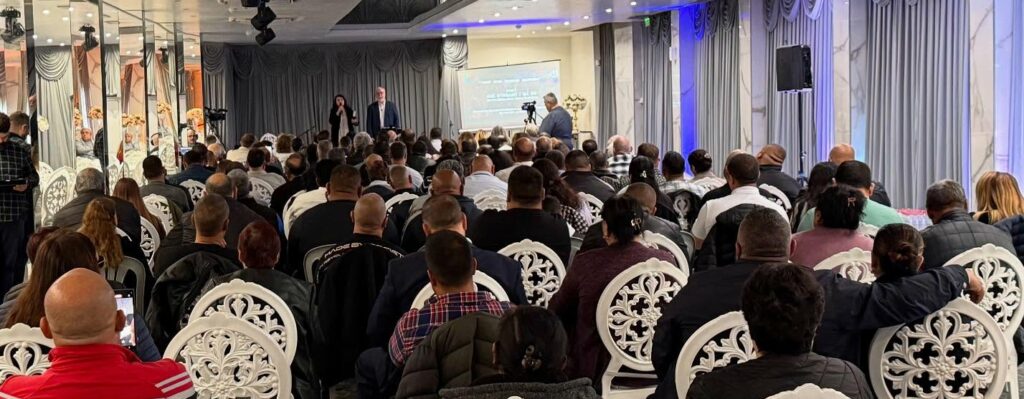
Above Dr. David Kemp speaking on National Assembly in Sliven, Bulgaria (March 29, 2025)
Below Dr. Tom Rosson speaking on National Assembly in Stara Zagora, Bulgaria (March 29, 2025)
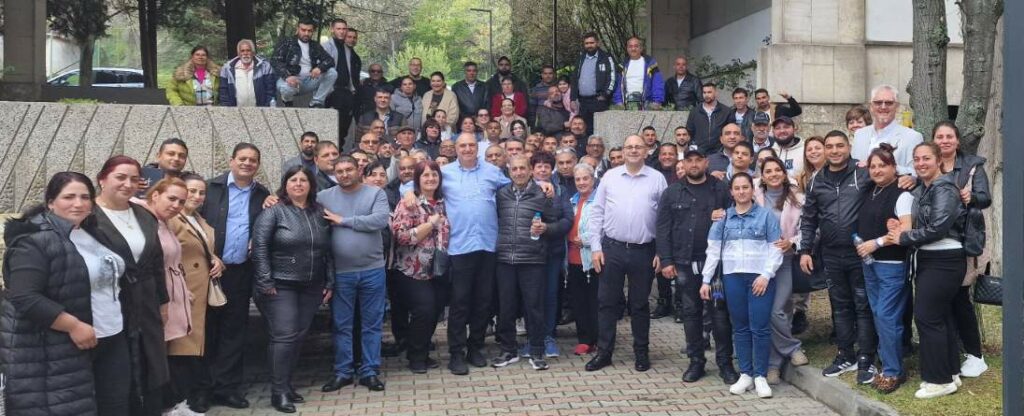
The Bulgarian Church of God has split in no less than 10 since the early 2000s as following:
- Bulgarian Church of God (27.12.1990)
- Church of God in Bulgaria (23.01.2006)
- God’s Church (13938/2006: 07.02.2007)
- Church of God-12 (Sofia, Rodostono)
- New Generation Church of God (05.04.2000)
- Bethesda Church of God (27.12.2010)
- BulLiv Church of God (15.01.2000)
- New Life Church of God (06.11.2000)
- Bulgarian Church of God – Sofia (4996/2003 Sredetz, E.Georgiev Bul. 2, apt. 4)
- Bridge Church of God (50/2013)
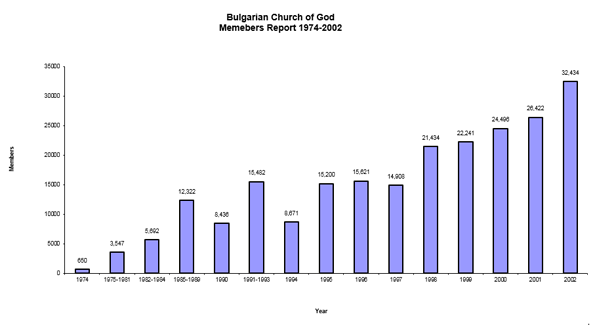
The RISE of a CHURCH
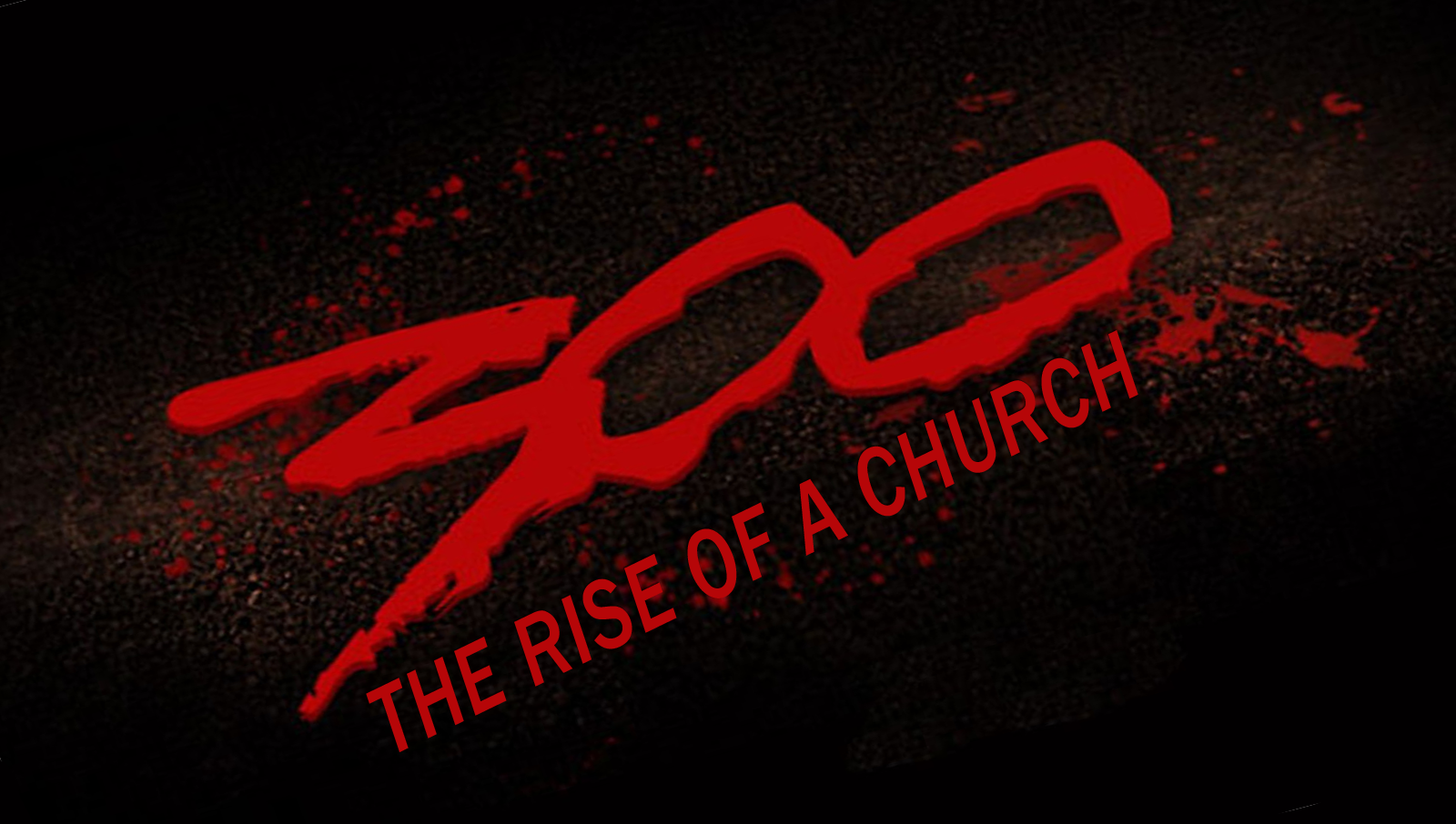
God’s way out is not yucky nor mucky. When crossing the Red Sea, the Israelites’ rain boots didn’t get stuck in the muck. They walked on DRY land. Believe for the DRY path.

90 Years Ago, Narraganset Church of God Led in Benevolence
Narraganset Church of God was started by a women-preacher with only 10 members. Rev. Amelia Shumaker started the church only 15 days before the Great Depression began in 1929. She became a widow five years prior to moving to Chicago. Passing through the Great Depression by 1934, only five years after its establishment, the Narraganset Church of God was already a leader among the state benevolence ministries.
Located at 2254 N. Narraganset Avenue, the church officially took the name of its location in 1955. Early issues of the Church of God Evangel describe it as a South Side church, later corrected to the only Chicago Church of God. By 1994, the congregation has become one of only three Church of God locations in Chicago Metro. It was also where the first and only Bulgarian Church of God congregation in North America was founded also with only 10 members. (More from this timely research soon…)
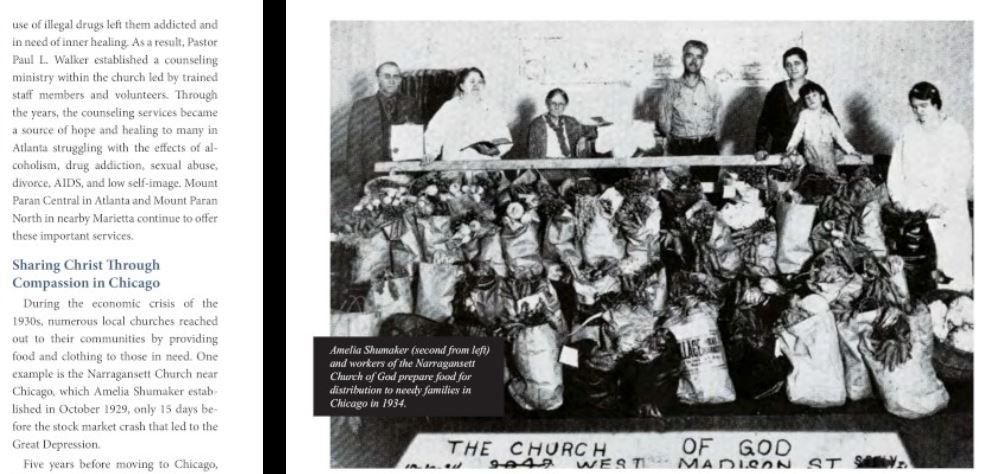
RESTORING GOD’s church…

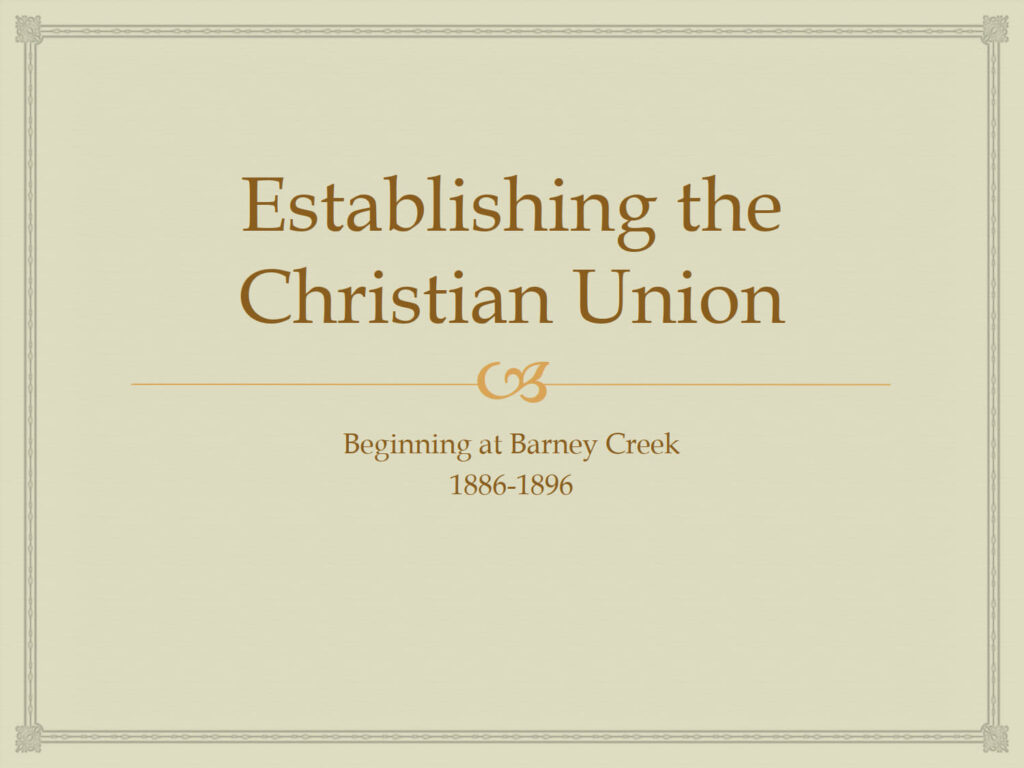
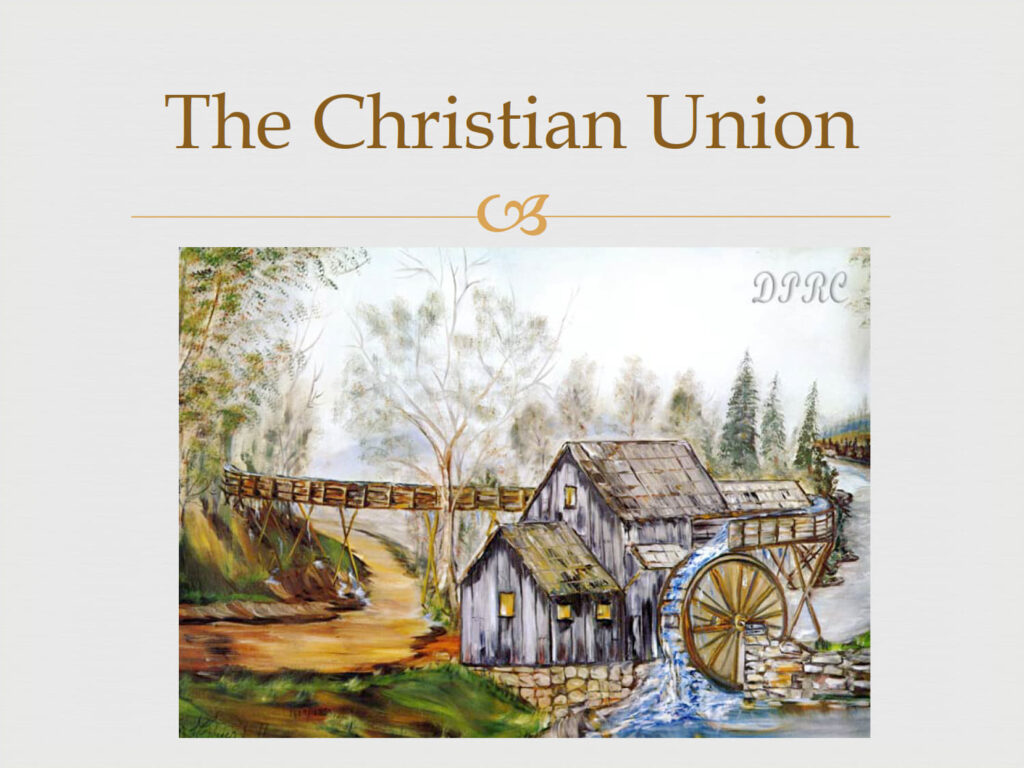
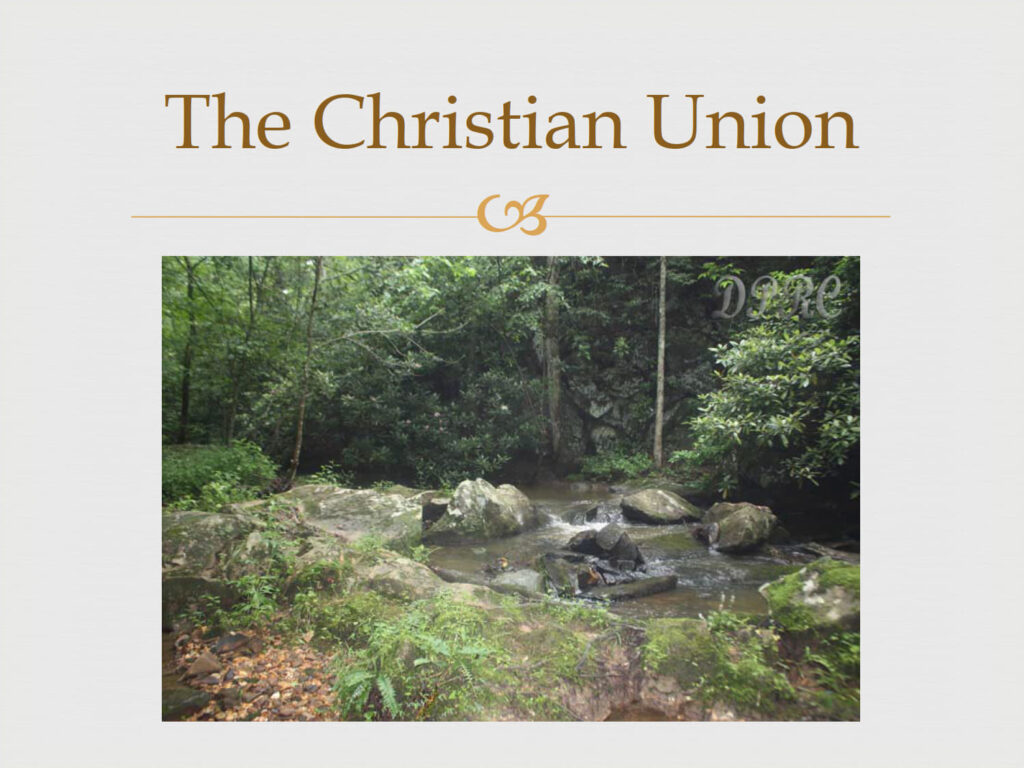
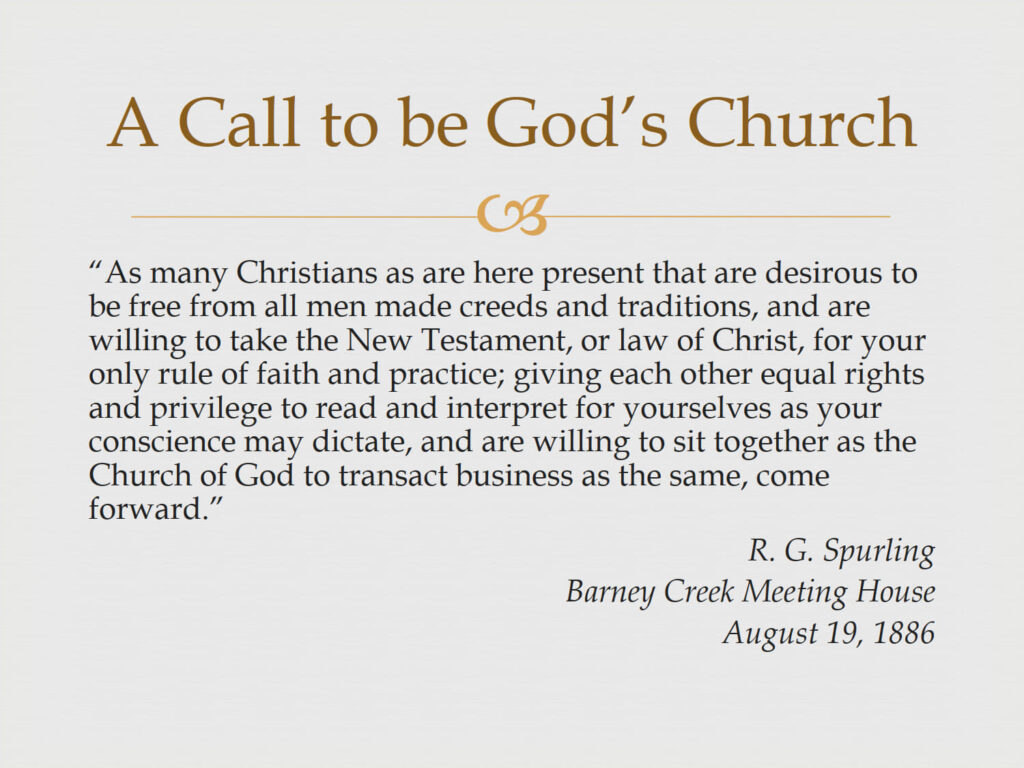

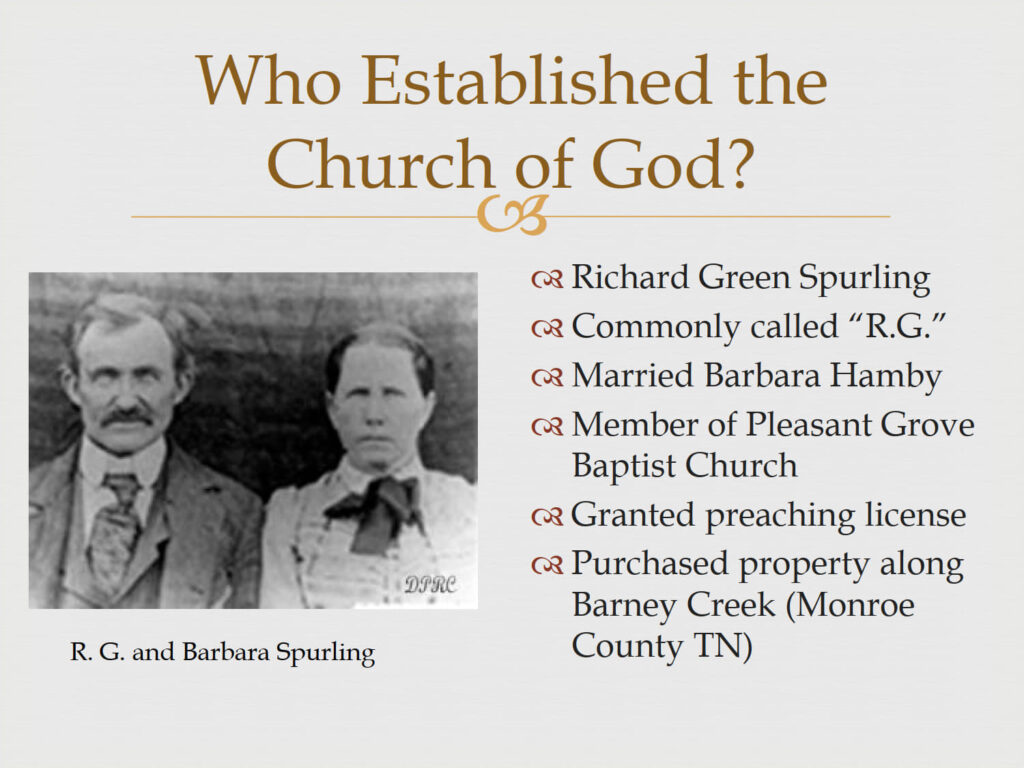
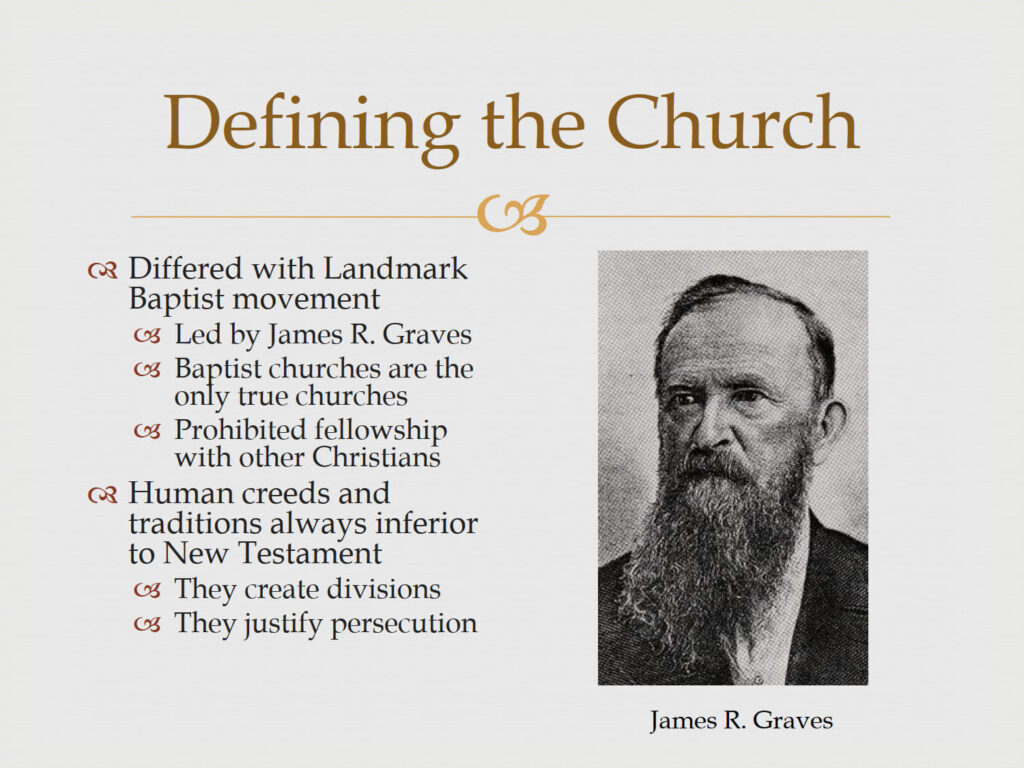

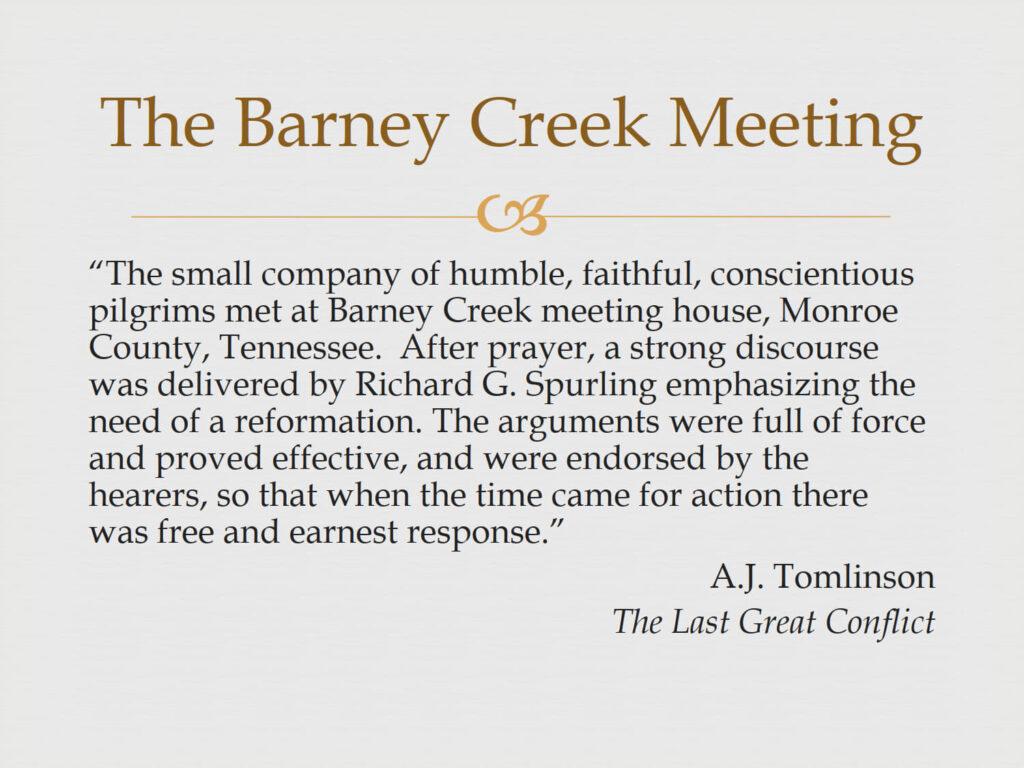
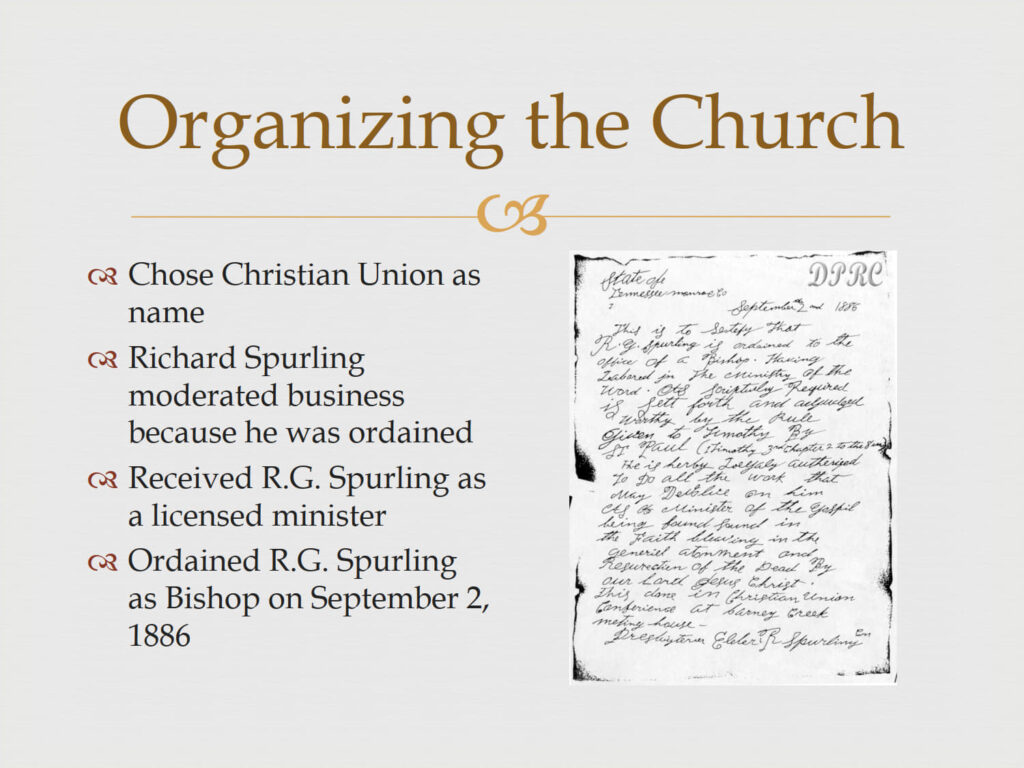
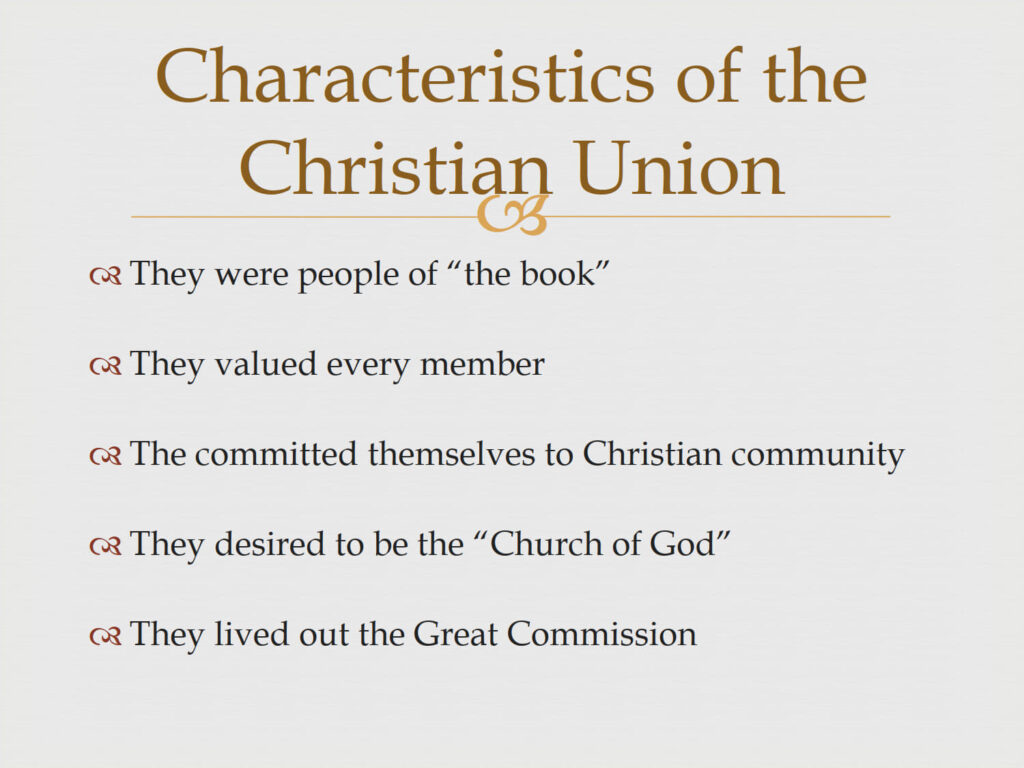

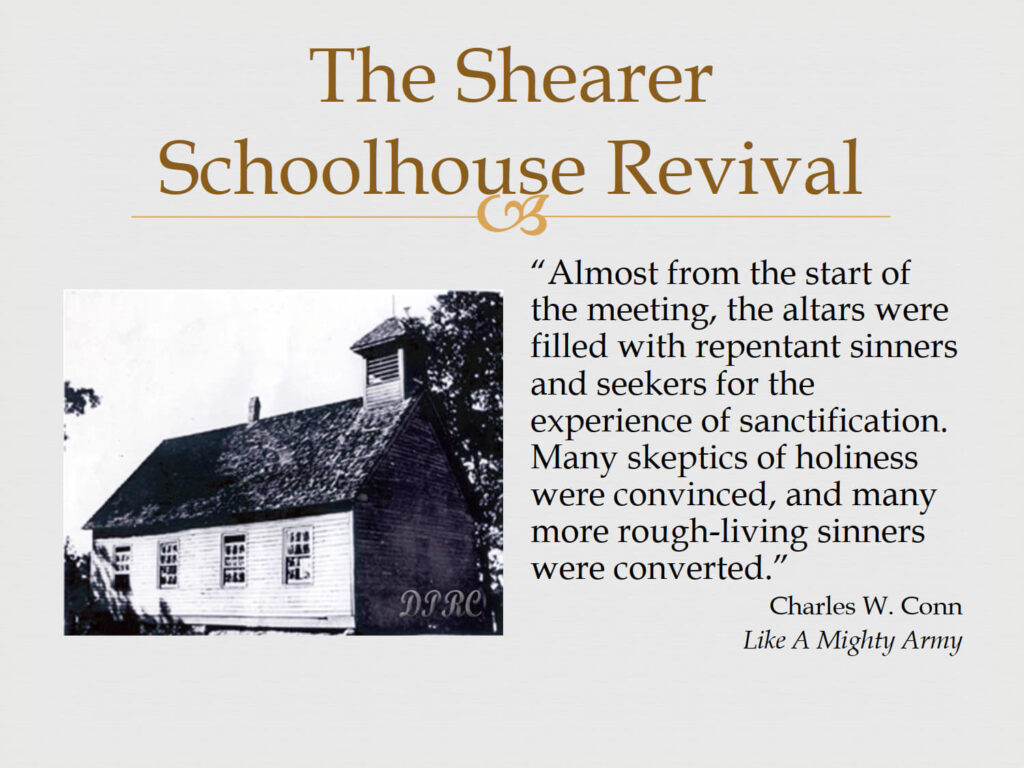
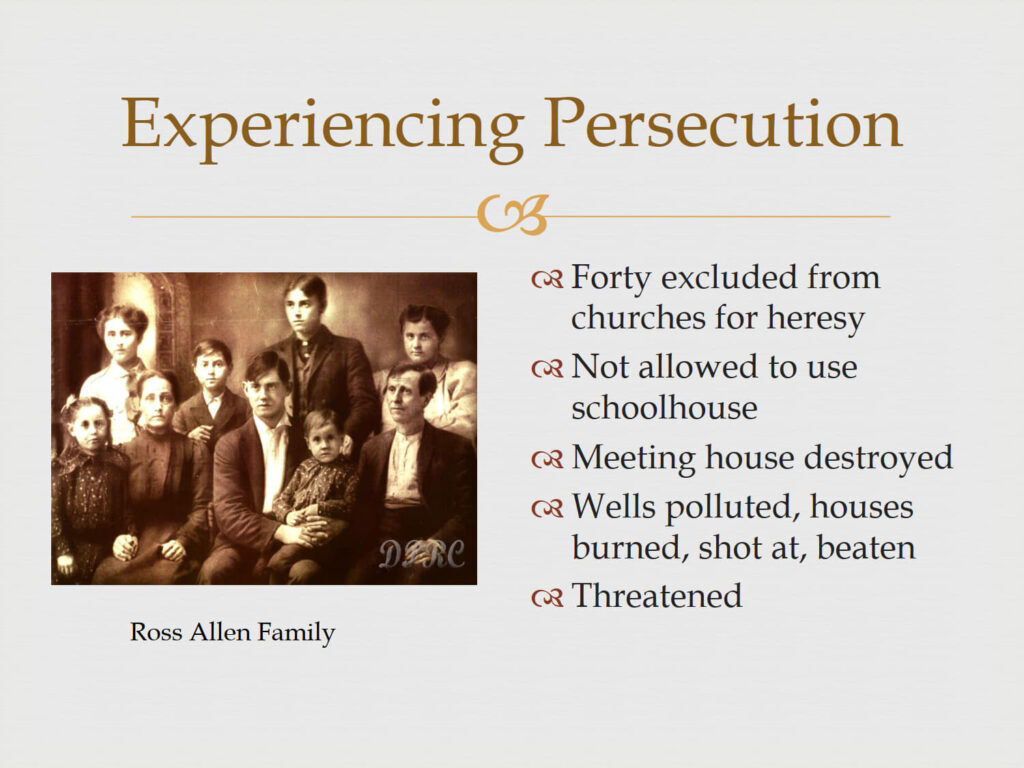
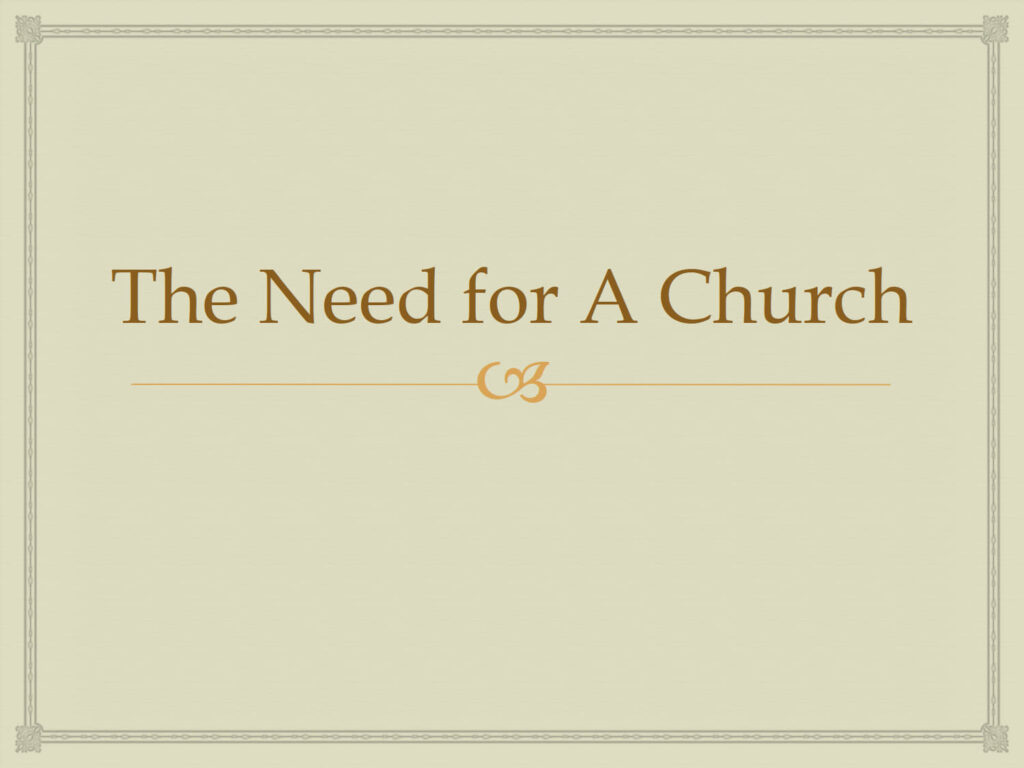

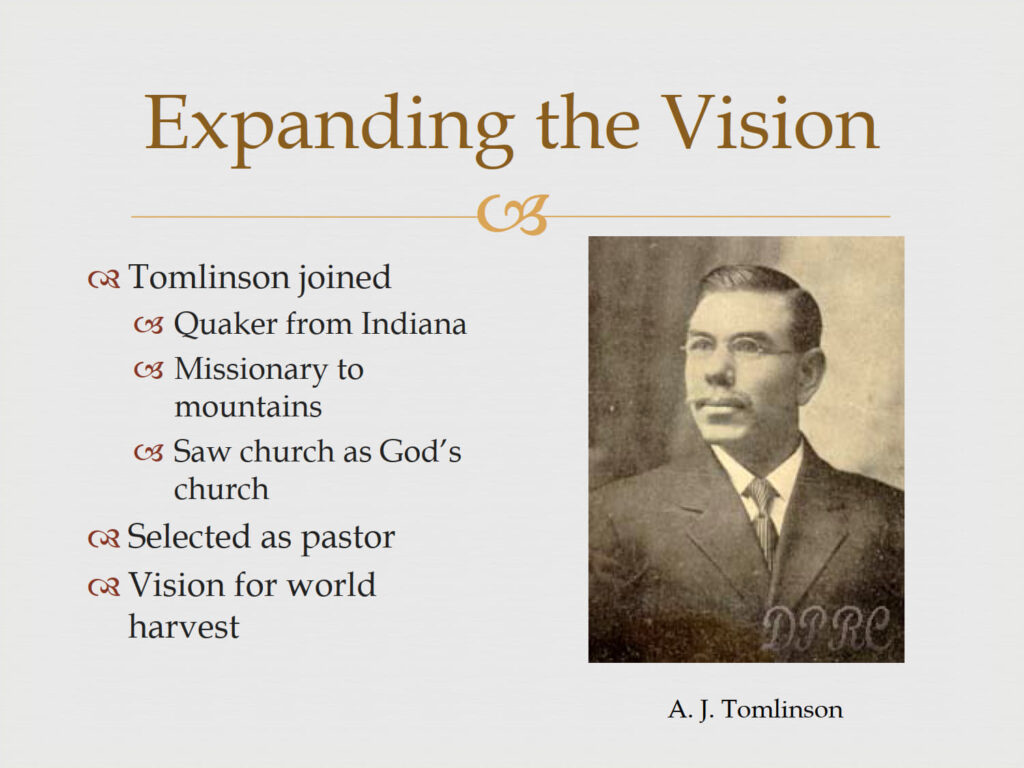

The RISE of a CHURCH

God’s way out is not yucky nor mucky. When crossing the Red Sea, the Israelites’ rain boots didn’t get stuck in the muck. They walked on DRY land. Believe for the DRY path.

NEEMIAH at the second oldest church in Polk County

Since our Revival Harvest Campaign with the theme of Nehemiah Experience began, we have been receiving miracles reports:
- a lady seeking for the Holy Spirit for some time now, was baptized late at night after the service and began speaking in tongues while on her bed
- heavy anointing to the point of people blacking out
- a truck driver came from the street to seek God
- a spontaneous Jericho march broke out with dramatic spiritual manifestation
- right arm hurt in a car accident many years ago, began feeling sensation in muscles and ligaments again during the service
- a clear direction was given by the Holy Ghost to remain faithful to the vision

Cookson Creek Baptist Church was established in 1836 and currently stands as the 2nd oldest continued church in Polk County. While the foundation and parts of the building are originals, the church has undergone many renovations throughout the years – one of the more recent being the stone, silo-shaped teenage Sunday School classroom. The church sits alongside the beautiful creek, after which it was named, and just down the road from Cookson Creek Cemetery.
The following accounts are recorded by Lynne McClary from the Polk County Chamber of Commerce.
The year was 1936 and Cookson Creek Baptist Church was celebrating it’s 100th anniversary in Polk County, Tennessee. N. B. Fetzer attended the festivities and later wrote about it from his Nashville home.
According to his writings, “There was an immense crowd . . . many of my relatives and old friends, but I missed many faces which used to show up there on May’s Fourth Sunday.” Thomas W. Mathis had been scheduled to give a historical review of the church, as his membership dated back some 70 years. Unfortunately, “Uncle Tommy was called to his heavenly home” on Wednesday prior to the celebration.
Fetzer’s note goes on to state that Miss Mae Ella Stinnett, who served as church clerk, was the ‘power behind the throne,’ and the highlight of the day came when a 3-1/2-year-old young man, the son of Tom Green, sang several stanzas to a “catchy mountain tune”. Fetzer could not remember the youngster’s name, but was told by an uncle that everyone called him ‘Tooter’.
This year Cookson Creek celebrates year 187. The building has undergone many renovations through the years; however the foundation, as well as some of the building itself, dates back to the construction in 1836! It sits alongside the creek for which it is named and just down the road from Cookson Creek Cemetery. The creek was named for Joseph Cookson, a white man who married Jennie Hildebrand. Jennie, who was half-Cherokee, was the daughter of Michael Hildabrand. Joseph and Jennie were moved to Oklahoma during the Cherokee removal of 1838 and lived their remaining lives on the reservation.
TAGS: Blue Springs Church, Beech Springs Church, Little Hopewell Church, Cookson Creek Church, Candies Creek Church, Good Spring Church
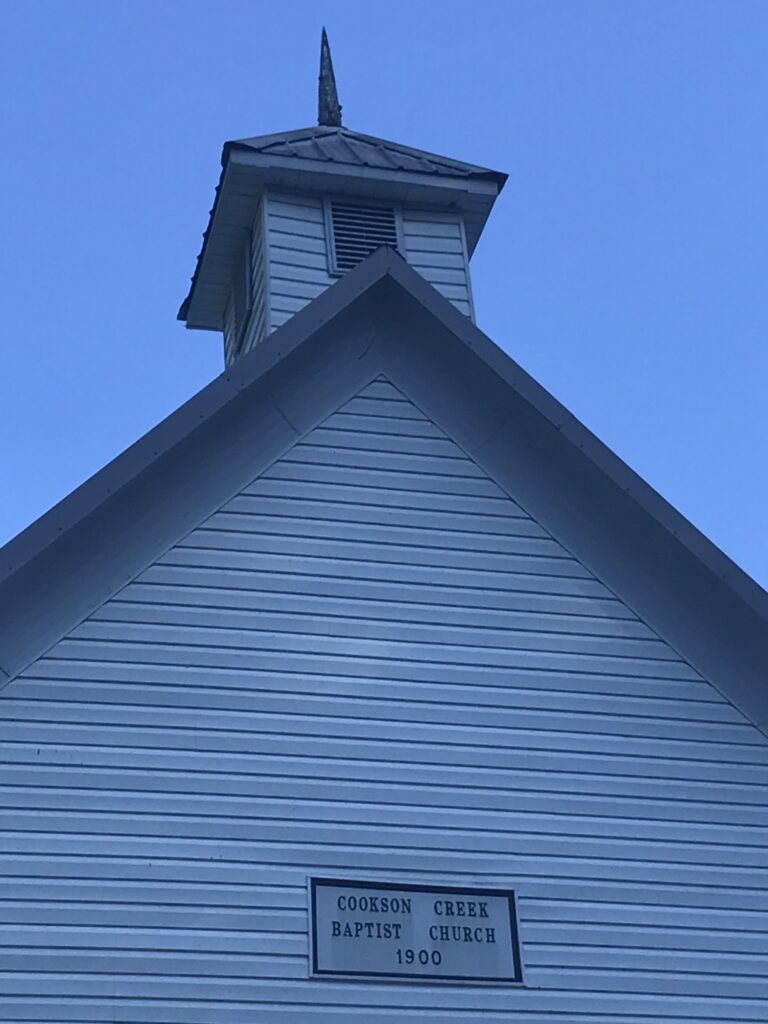
HISTORIC SITES OF POLK COUNTY
• Ocoee Indian Village, Hatcher farm. (Early Woodland, Yuchi, and Cherokee
Indians).
• Old Fort Block house, Benton, constructed 1805-1806.
• The Hildebrand House, Ocoee River, early 1830s; oldest house in the county.
• Friendship Baptist Church, First District, 1826, the oldest church in Polk County in
continuous operation. The Columbiana Presbyterian Church was organized in 1822
near Columbus and operated for about twenty years.
• Hiwassee Old Town, oldest and largest of the Cherokee villages in Polk County, was
located on the north bank of the Hiwassee River.
• Site of the discovery of copper on Potato Creek, 1843.
• James McNair family graves, Conasauga.
• Ducktown Basin Museum, Ducktown.
• Old Federal Road, 1804; the Old Stock Road; the Old Copper Road, 1853.
• The Savannah Farm, the largest and one of the oldest farms of the county.
• Columbus, north bank of the Hiwassee River, temporary county seat of Polk County;
had a post office by 1823 and was incorporated.
• Present day site of the Benton Department Store was site of the first home in Benton
(Four Mile Stock Stand); the home of James Lindner and his Cherokee wife, a
descendant of Nancy Ward.
• The Jacob Clemmer house at Benton was built in 1842 and is now owned by Mr. and
Mrs. Kenneth Bishop.
• The Nuchols home and office, (present site of The Drug Store), was built in 1868 and
was occupied in succession by Dr. J. D. Nuchols, Dr. J. G. C. Garner, and Dr. Joseph
E. Hutchins.
• Benton’s first hotel was on the site of Matt Witt’s Store, having been moved from
Columbus in 1840. It was operated by Commodore White, J. Q. A. Lewis, William
Higgins, and last by J. L. and Ben McClary.
• Maggie’s Mill located near Springtown, erroneously believed by some to have
inspired the song “When You and I Were Young, Maggie.” (Original site is in
Canada.)
• Great Indian War Path crossed the river at Hiwassee Old Town and continued
southward to Bridgeport, Alabama.
• The Cookson’s Creek Baptist Church is the second oldest church in the county, with
the Ocoee Baptist Church, Benton, third.
MISSIONS at the oldest church in Polk County
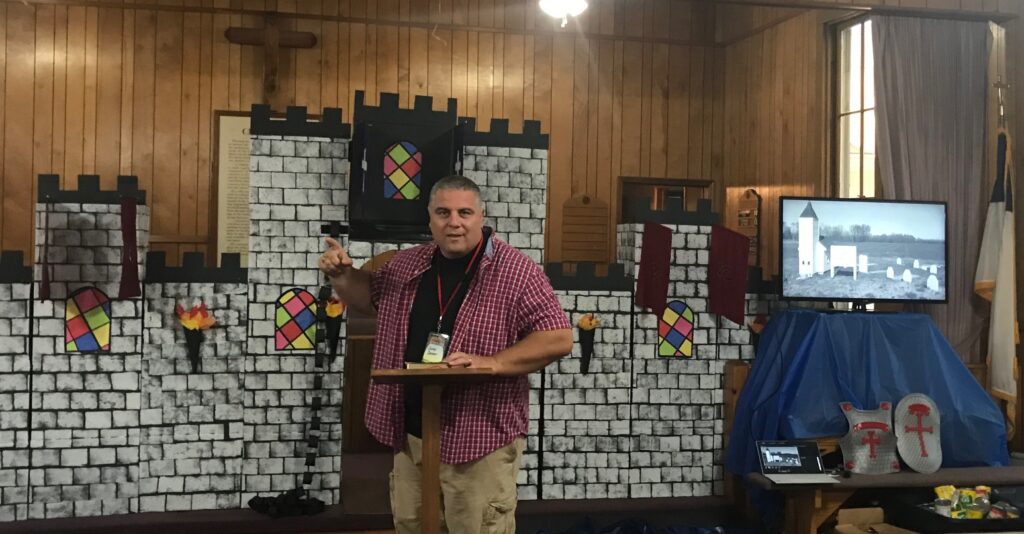
Friendship Baptist Church located in present-day Delano is Polk County’s oldest church in continuous operation – 1826-2026!
The following accounts are recorded by Lynne McClary from the Polk County Chamber of Commerce.
Started just 7 years after the Indian removal in the Hiwassee Cession of 1819, Friendship was near what was then known as Columbus. In June 1826, 10 men and women met in Brother Wilkerson’s home north of Coe Cemetery to organize a church. An ordination service was held July 1826 with members from Eastannallee Church.
Until December 1826, services were in the Wilkerson and Funkhouser homes. At which time a simple log church was built across the road from the present building. A cornerstone still remains of the original building. In 1819, land north of the Hiwassee was ceded to the US by the Cherokee, while the land south of the river to the GA line was not given up until 1838, meaning Friendship was established in free territory 12 years before the rest of present-day Polk County was even US Territory.
A frame church was built in 1856 north of the current building. Raised soil marks that site today. Calvin Denton pastored there 40 years, but little is known about Friendship through the Civil War due to loss of records.
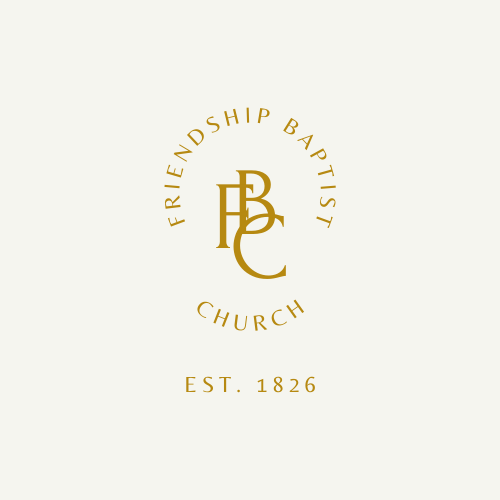 In the late 1800s to early 1900s the building was used as a school until the county could build one. A box dinner was held to raise money for a bell, used for both the school and church. This bell is the only remaining item from the school and it’s located in the belfry of the current church.
In the late 1800s to early 1900s the building was used as a school until the county could build one. A box dinner was held to raise money for a bell, used for both the school and church. This bell is the only remaining item from the school and it’s located in the belfry of the current church.
The current building was built in 1908, and Friendship’s 100th year was celebrated in 1926 with an all-day singing and history from JD Clemmer. During the celebration a group of Ku Klux Klan marched out of the woods in capes and hoods, went up one aisle, out the other door, and back into the woods, after which the celebration ended.
Friendship Church is an integral part of Polk County history, and future. There’s even a time capsule packed in 1976 scheduled be opened during 2026’s Homecoming.
In 1850 William Forest was licensed to be a Baptist minister ; he was ordained by the Friendship Baptist Church in Delano , Tennessee— where his father – in – law , Samuel Short , had been the first pastor– in 1857
|
FRIENDSHIP BAPTIST CHURCH POLK COUNTY, TENNESSEE |
||
| Friendship Baptist Church was established June 8, 1826, only seven years after the Indians were removed from the area under the Hiwassee Cession of 1819.That makes Friendship the oldest church in what is now known as Polk Co., Tn. Below is a list of the available names of Pastors and Church Clerks from 1826 to 1975. | ||
|
PASTORS |
||
| 1826- Samuel Short 1844- William Forest 1846- B. W. Buford 1849- C. Hoil, E. Newton, & J. Scarbrough 1850- Calvin Denton 1884- H. C. Cook 1888- C. H. Eaton 1889- J. R. Lawrence 1890- J. P. Fore 1891- Luke Shamblin 1893- W. H. Rhymer 1897- R. J. Womac 1903- J. M. Townsley |
1905- P. A. Miller 1906- J. W. Townsend 1912- S. R. Creasman 1915- J. M. Townsend 1917- H. K. Watson 1923- B. P. Kincaid 1924- J. D. Chastain 1925- Roy Thomas 1926- J. W. Townsend 1928- H.W. Passmore, Claude Green 1931- Will Shamblin 1938- M. C. Ledford 1940- C. Doyle Doss |
1945- W. G. Smiley 1946- Charlie Helton 1948- B. P. Kincaid 1949- C. R. Green 1953- Herman Matthews 1954- M. D. Berry 1956- Willie Choat 1960- Hobson Gregg 1965- Don Wilson 1968- Wayne Cooper 1969- Jimmy Hutton 1972- Garvin Chastain 1975- Jack Nunley |
|
Church Clerks |
||
| 1826- John M. Neal 1835- Edward Frather 1836- James Morris * 1879- W. C. Hatcher 1885- G. H. Burns 1885- W. C. Hatcher 1901- Mellie Hatcher Pennell 1910- W. F. Burris |
1911- A. J. Painter 1913- A. C. Howard 1919- Lee Blackwell 1923- E. S. Carruth 1926- James Mose 1929- Haden C. Davis 1939- Martha Watkins 1940- Hershell Davis |
1946- Ulysses Coe 1957- Maxine Eaves 1958- Barbara Lance 1960- Helen Allen 1961- Haroldean Wiggins 1966- Samantha Davis 1973- Wanda Carter |
|
Cemetery Listings |
||
|
Go to Section A Part 1 Go to Section A Part 2
|
||
*Some names are missing due to lost Church records. The information below came from a booklet titled” 150 Years Of Friendship”, by Terry Blair, Wanda Carter, Johnny Coe, and Deborah Williams. The booklet was handed out to to the congregation of Friendship at the July 4th Homecoming, a celebration of the 150th year, in 1976. Thanks to Connie Baumann for supplying this information!
Another denomination splits from the Bulgarian Church of God
One more denomination has split from the Bulgarian Church of God. After a year of struggles and dilemmas, the annual report indexing the state of the church shows a new denomination registered with the municipality court in the capital Sofia. The new Philadelphia church has emerged from an association of Romani pastors with a similar name that has existed and operated for almost 15 years. This is the 11th officially registered fraction leaving the denomination since the split of 2005. Two more churches, Mostar and Rebirth, too seem to have ceased meetings within the last year after the sale of the Bulgarian Ministry Center in the capital Sofia. The Center which broke ground in 2001 and was dedicated in 2011, hosted a number of strategic Church of God congregations during its decade of operation. Since 2005, most older Romani congregations exist with dual registration alongside the national alliance of Church of God-United (unitarian). With the current split, the total number of fractions separating from the original denomination now exceeds 13 (if not 14):
- Bulgarian Church of God (27.12.1990)
- Church of God in Bulgaria (23.01.2006)
- God’s Church (13938/2006: 07.02.2007)
- Church of God-12 (Sofia, Rodostono)
- New Generation Church of God (05.04.2000)
- Bethesda Church of God (27.12.2010)
- BulLiv Church of God (15.01.2000)
- New Life Church of God (06.11.2000)
- Bulgarian Church of God – Sofia (4996/2003 Sredetz, E.Georgiev Bul. 2, apt. 4)
- Bridge Church of God (50/2013)









